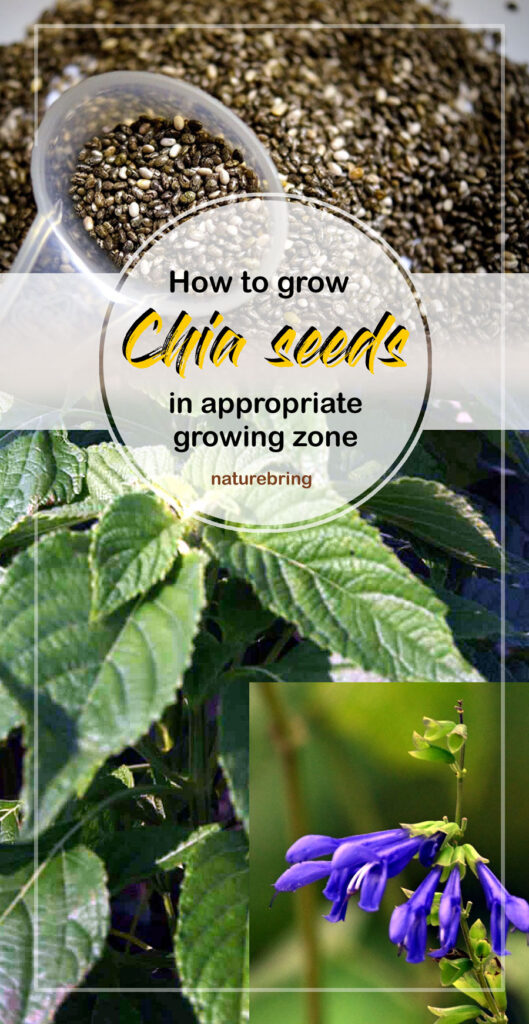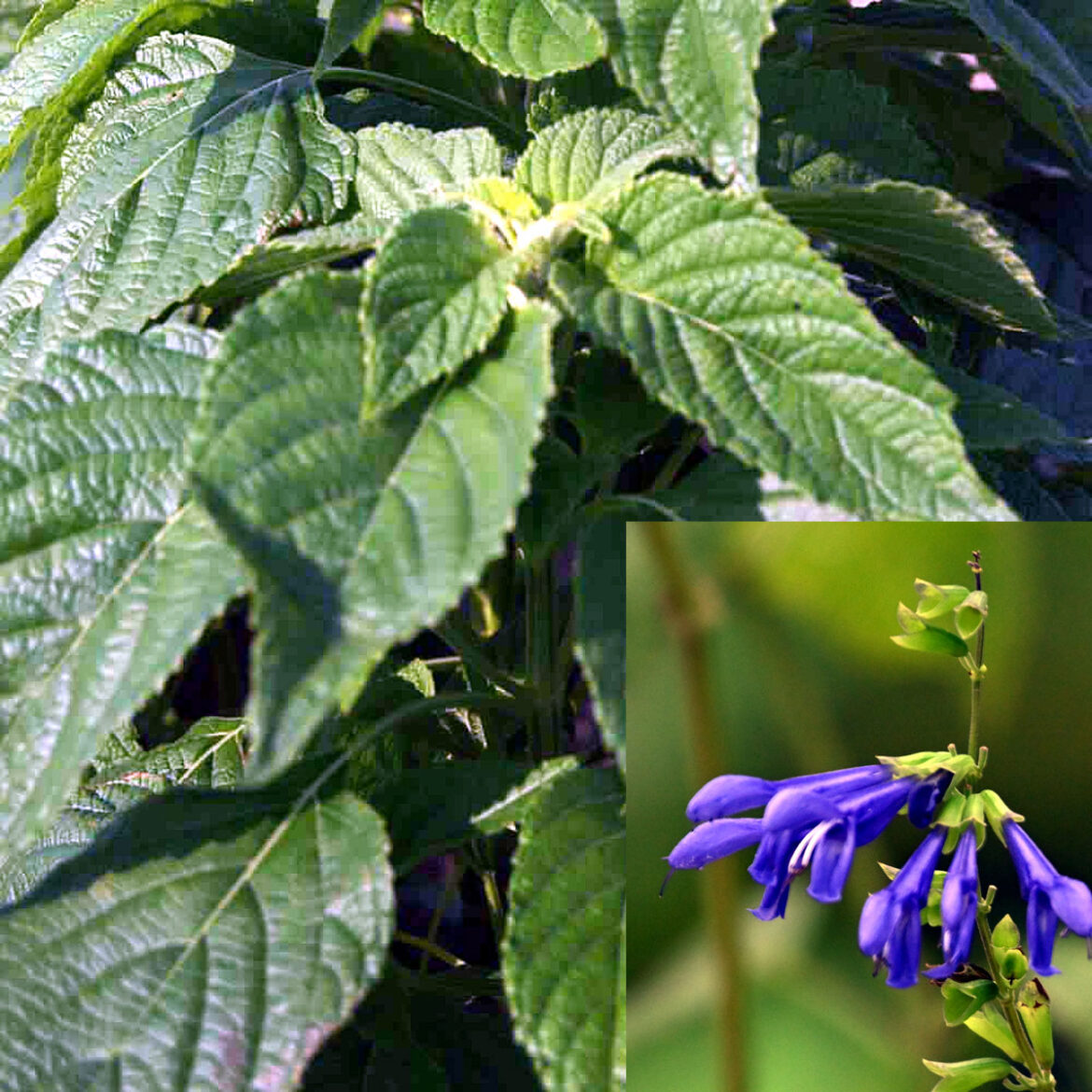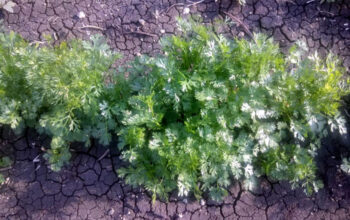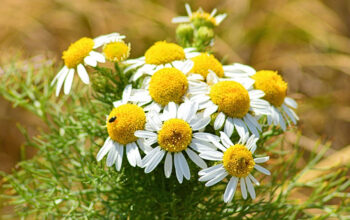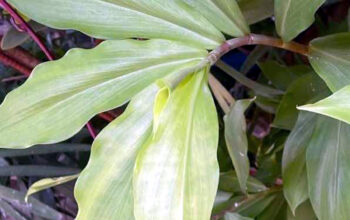Chia seeds
Chia seeds are gaining new popularity in the kitchen these days due to their various health benefits, it is a valuable source of energy and nutrition. This article explains how you can grow chia seeds for health benefits.
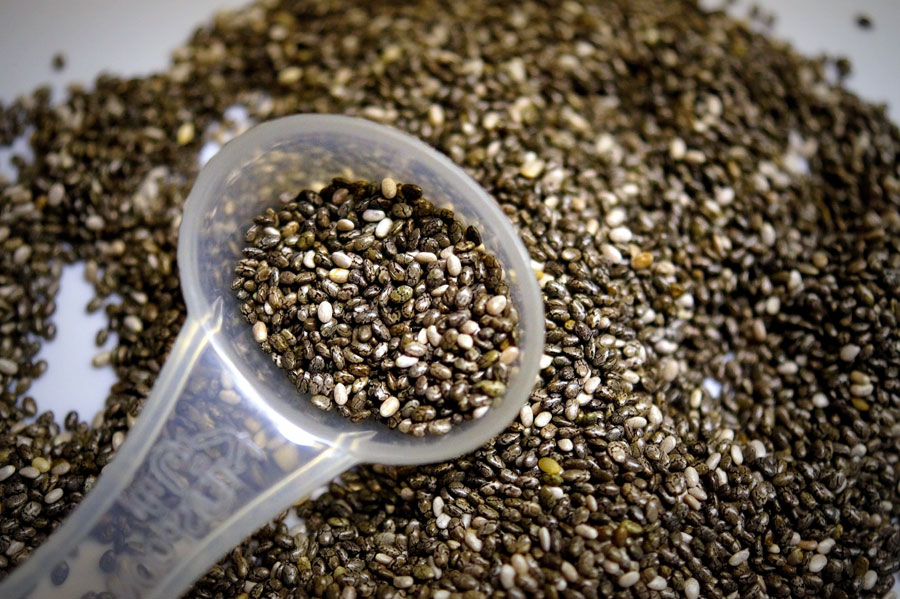
Originally native to central and southern Mexico and Guatemala, Salvia hispanica, or chia, belongs to the mint family, Lamiaceae. Many countries in western South America, western Mexico, and the southwest of the United States grow and use chia as a food. It is considered a pseudocereal with edible, hydrophilic seeds.
Chia is a perennial herb that grows up to 1.75 meters tall, with leaves ranging in size from 4 to 8 cm and 3 to 5 cm across. At the end of each stem are numerous clusters of purple or white flowers. In general, seeds are oval-shaped and measure 1 mm in diameter. The colors are mottled, ranging from browns, grays, blacks, and whites.
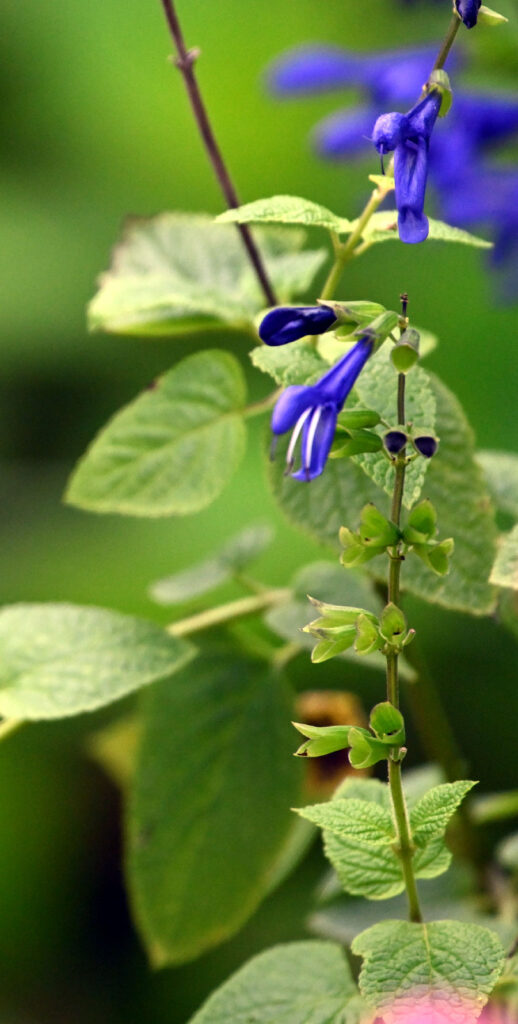
Chia Plant overview
Scientific name Salvia hispanica
Common name Chia
Plant type Perennial herb
Sun required Full Sun
Soil Sandy, Well-drained
Soil pH 6.0 -8.0
Zone 9-11
How to Grow and Care Chia Plant
Keeping chia plants in the home is a breeze, and they’re also very healthy. It provides a valuable nectar source for bees and butterflies if you plant chia along with your plantings. As soon as the plant is established, it requires very little maintenance.
Chia seeds germination
Chia seeds can be sown in the same manner as those of other annual flowers if you live in the appropriate growing zone. The seeds should be scattered lightly over a prepared soil bed, barely covering them with soil in the fall. The sprouts should be watered lightly every day until they appear. The seeds of your chia plants should self-sow every fall once they are established. The flowers are well-loved by pollinators as well as self-pollinating. A small seed head will form beneath the flowers that contain chia seeds. Upon germination, chia plants produce flowers within four months.
How to care for Chia plant
Sunlight
Chia plants grow well in full sunlight and need plenty of space since they can grow up to five feet tall. They can withstand even the hottest days of summer because they are highly tolerant of heat. You must choose a planting spot with ample sunlight and enough space to grow.
It is recommended to place newly planted chia seeds in a low-light environment indoors. To move the sprouted seeds to a sunny location or place them where artificial light will be available is important.
Soil
Various soil types are suitable for growing Chia plants, but clay or sandy soils with excellent drainage are the best. A sandy, well-drained soil is also ideal for growing chia seeds. Water can cause rot in their feet, so they can’t handle wet feet. Ensure that your gardening soil is not too hot or too cold before planting the seeds, since they are also sensitive to extreme temperatures.
Watering
There is a great deal of drought tolerance in chia plants. It’s important to water them regularly until they’re established, but once they’re established, little additional watering will be needed, as they are usually able to adjust to their surroundings
Although Chia seeds don’t enjoy being excessively watered, there is a need for a sufficient amount of water for them to grow. Despite its fast growth rates, chia will require at least one cup of water each week. For chia to grow successfully, it needs well-draining soil that doesn’t stay wet for long periods.
Temperature and Humidity
A slightly warmer temperature is best for growing chia seeds. Keep the chia seeds at a temperature between 70 and 85 degrees during the germination and growth process.
A seed pad or blanket, paper towels, cheesecloth, or vermiculite can be used as a moist holding medium and provide humidity.
Fertilizer
A too-high level of fertilization can harm chia. You should fertilize these plants with healthy compost or well-rotted manure as soon as possible after planting them. The minimum you should do is provide them with a diluted full-spectrum foliar feed at an NPK of 1.5-2.2-1.5 once or twice during their growth phase after they have taken off.
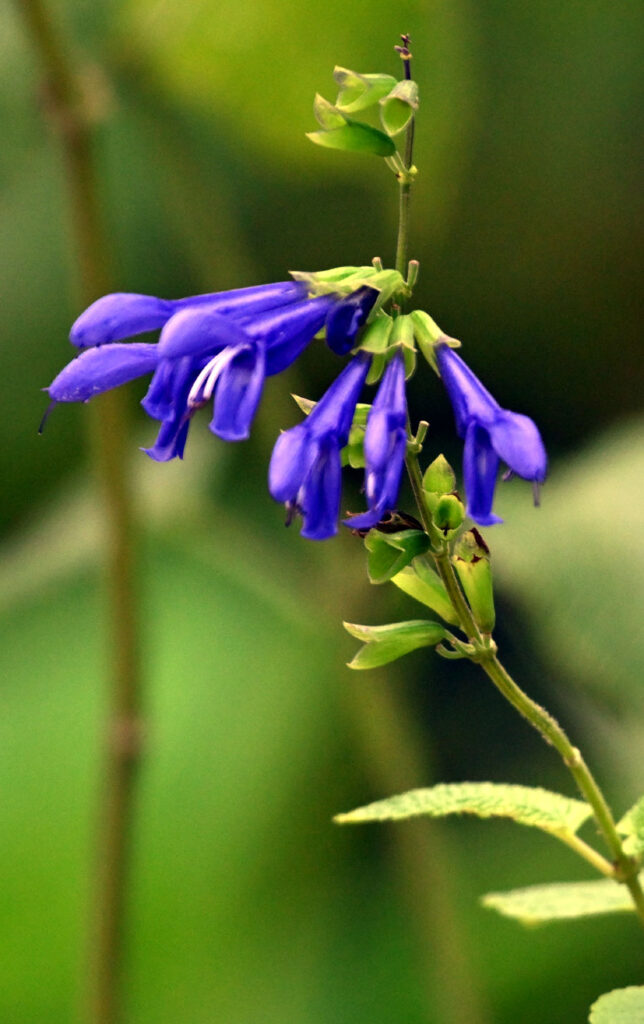
Pruning Chia plants
After the petals have fallen away, you can deadhead the flowers to prevent the small white and brown seeds from self-sowing. As an alternative to sowing sprouts densely, you can also prune them after planting them so they can be used in salads and sandwiches. It is also possible to remove the young leaves and consume them like spinach. The pruning of these plants is not necessary except for when the seed is harvested. Chia seeds are all removed from the flower heads when they are removed. This decreases seed yield and prevents the return of the plant the following year.
Read also:
How to grow organic Sage in containers. Growing herbs indoors tips. Pruning, How to Prune your plants. Growing cumin from seeds.
For pin:
